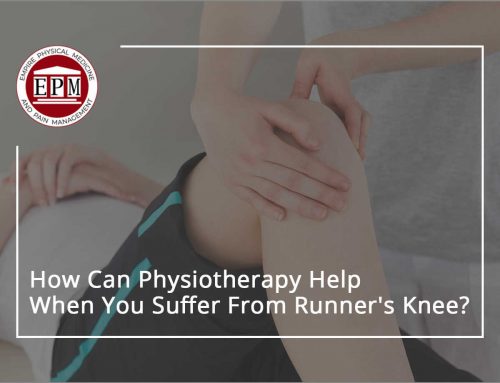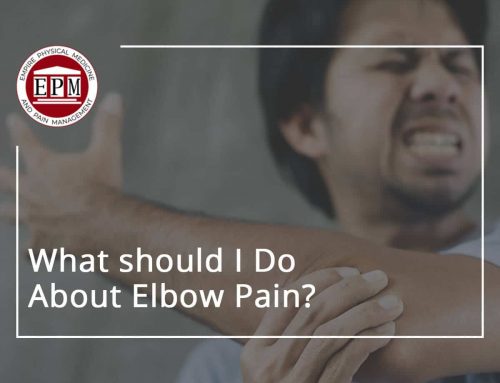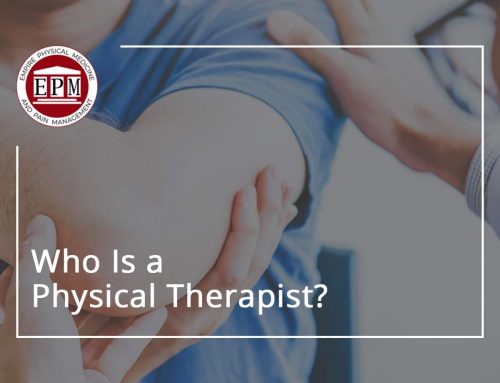
IT Band Syndrome
IT band syndrome is a common running injury and typically happens to long distance runners. It occurs from overuse and is often caused by activities where you bend your knee repeatedly, such as running or cycling. Such activities can cause youriliotibial band, which runs from the outside of your hip to the outside of the knee, to become inflamed or tight. Common symptoms include a sharp pain outside the knee, pain when your knee is bent at a 30 degree angle, and feeling pain up and down your leg.
How Do I Prevent IT Band Syndrome?
If you rotate your feet, ankle or legs inward when you run, that could contribute to IT band syndrome. Be conscious of your form when you’re running and aim your toes and feet forward versus inwards.
Shin Splints
This type of pain occurs along your shin, or tibia. Shin splintscan occur if you change your workout without allowing your body time to adjust, such as by increasing the distance or length quickly or by suddenly increasing the number of days that you run. If you have flat feet, you could also be more prone to developing shin splints. While they are usually no cause for concern, shin splints can be very uncomfortable.
How Do I Prevent Shin Splints?
Make sure you have the right type of shoe. Also, you want to make sure that your shoes are providing the proper support. Replacing your running shoes every 300-500 miles will help with this. Also, avoid running downhill as it can worsen your pain.
Runners Knee
Otherwise known as patellofemoral pain syndrome, runner’s knee often feels like a tender pain behind and around the knee. It is a common overuse injury and very common with beginner runners. If you’re dealing with runner’s knee, pain can be felt when you’re walking up or down stairs, when your knees are bent for a longer amount of time, or when you go from being stationary to moving again.
When you run, your kneecap absorbs a lot of the shock from the pavement and surfaces that you run on. Any repetitive stress or weak biomechanics can place a lot of pressure on your kneecap, which can eventually lead to this type of pain and injury. This is because your patellofemoral joint has to overcompensate to make up for undeveloped thigh muscles or weak hips.
How Do I Prevent Runner’s Knee?
To combat knee pain and soothe the muscles, use anti-inflammatory medications such as Ibuprofen or Aspirin. Wrapping your knee in tape as well as shortening the distance of your run can also help. You can also reduce the risk of runner’s knee by strengthening your quads, hips and glutes to eliminate any biomechanical contributions.
Strong glute muscles will help keep your hip and thigh aligned, which will prevent your knees from turning inward. You can strengthen the glute muscles with the use of a resistance band. One such example includes placing the resistance band loop around your ankles. Bend your knees so that you are slightly crouched. You should feel tension on the band. Walk 10 steps while keep your upper body still and your feet straight and repeat with the band around your knees.
Also, if you must run long distances, learn to run “lighter” by landing mid-foot versus on your toes or heel. This way, you will have a softer landing and the impact is spread throughout the area of the foot instead of one area taking the brunt of it. Your landing should be quick and light. While it may be difficult to retrain your body to take shorter strides, doing so will also reduce the impact on your joints. Landing with your feet underneath your hips versus with your feet in front of you and your hips will also help to reduce the shock absorbed by your body. You can learn to adapt to this style by running in place.
Achilles Tendinitis
Your Achilles tendon, which is the largest tendon in your body, can become susceptible to injury from overuse and wear. When the tendon undergoes repetitive stress, you’re prone to developing Achilles tendinitis. This overuse injury occurs when the band of tissue which connects your calf muscles to your heel bone, or your Achilles tendonitis, becomes inflamed or irritated. It usually occurs to those runners who increase the length or intensity of their runs suddenly. Left untreated, your tendon can tear or rupture.
Common symptoms of Achilles tendinitis include pain along your tendon, swelling that worsens with activity, or pain which occurs after exercising. If you have limited mobility in your ankle or a bone spur at the lower part of your tendon, you may also have Achilles tendinitis.
How Do I Prevent Achilles Tendinitis?
Combat this by slowly building up your regimen versus increasing it right away. The RICE method (Rest, Ice, Compression, Elevation) also is one of the quickest ways to heal Achilles tendonitis. Orthotic devices and ankle supports can also help ease the stress on the tendon for a quicker recovery. In some cases, cortisone shots can also help reduce the swelling as well. Tight calf muscles can also contribute to it, so make sure you warm them up before your activity and take time to stretch.
All of these tips will help you become a better and stronger runner. If you are training for a marathon or are dealing with running injuries, give our office a call for your best treatment options.
Published By:
Empire Physical Medicine & Pain Management
7 W 45th St floor 9,
New York, NY 10036
Phone: (646) 665-7109
Website: https://manhattanpainrelief.com





